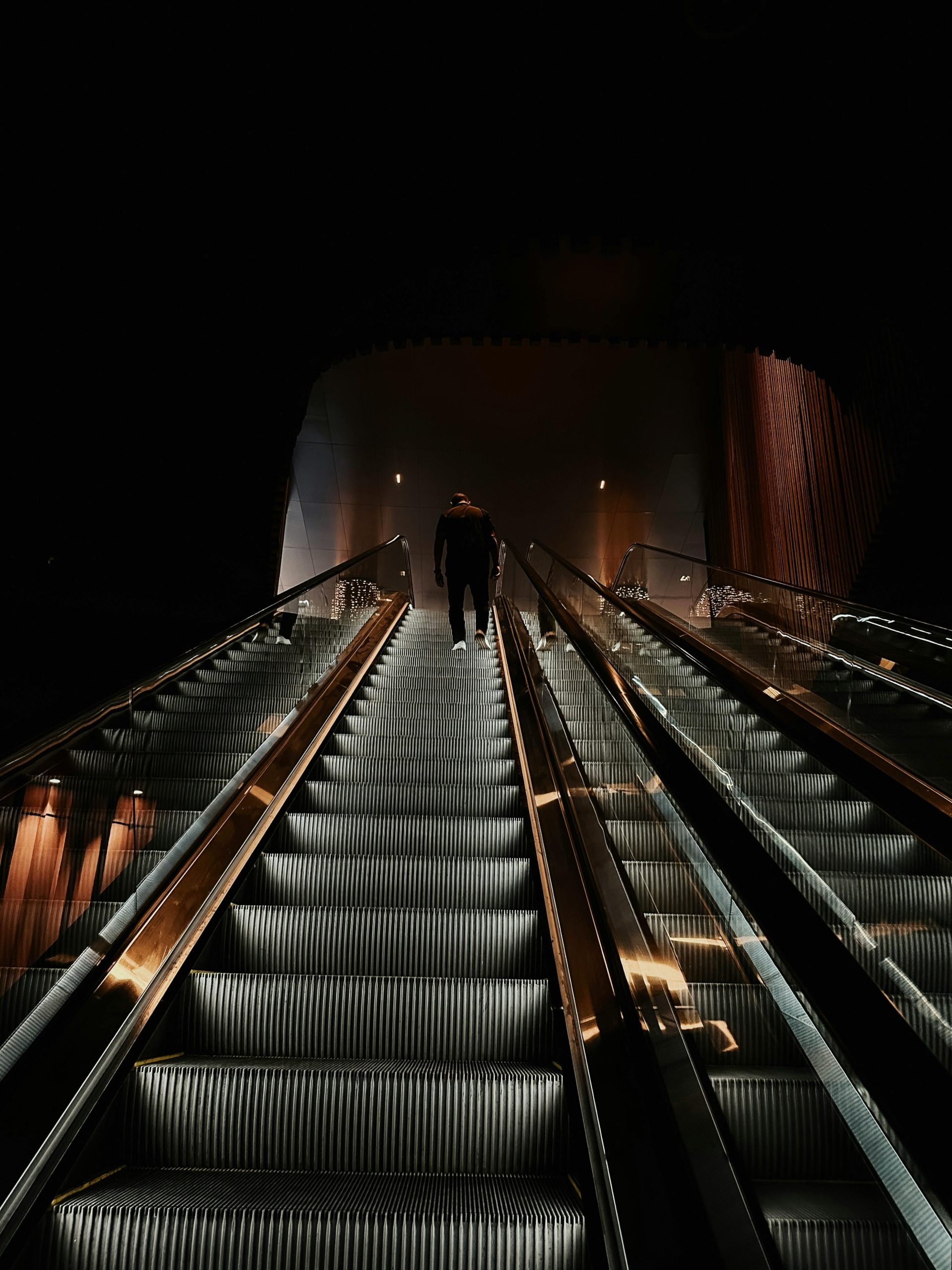Confronting Apathy on Public Transit: A Call to Action
During an otherwise ordinary evening at Wimbledon Station, I witnessed an incident that deeply unsettled me and left me pondering the responsibilities of bystanders in public spaces. It was around 10 p.m., and the platform had a modest gathering of about seven or eight people when a distressing event unfolded. A middle-aged Asian woman was engrossed in her phone, only to be abruptly tripped by a young man passing by. The impact sent her tumbling hard onto the platform, damaging her phone and leaving her struggling to regain her composure.
What was perhaps more shocking than the act itself was the collective nonchalance of others present. Two nearby Asian women gasped in surprise but remained rooted to their spots, failing to offer aid. Equally troubling was the inaction of a tall, seemingly robust man, who merely observed without intervening.
Despite being stationed further away when the incident occurred, I quickly made my way to assist her. With effort, I helped her up, collected her broken phone, and ensured she boarded the same train. At the following station, I guided her to meet station marshals and facilitated her transfer to another train since her aggressor had also boarded our train.
This experience has raised crucial questions for me. How should one effectively respond to such situations in a manner that is both safe and constructive? Moreover, I find myself grappling with the pervasive indifference exhibited by other onlookers. Is such passivity commonplace in public transport scenarios, or was this merely an isolated episode?
I am calling on fellow commuters and readers alike for advice on handling similar confrontations more effectively in the future. I also pose a social query: if you were present with me, and I called on you to confront the aggressor, would you have stood by my side?
It’s time we reflect on our roles as bystanders and consider whether our apathy inadvertently condones such actions. Let’s spark a conversation on how we can transform passive observation into proactive assistance, ensuring our public spaces are safe and supportive for everyone.
